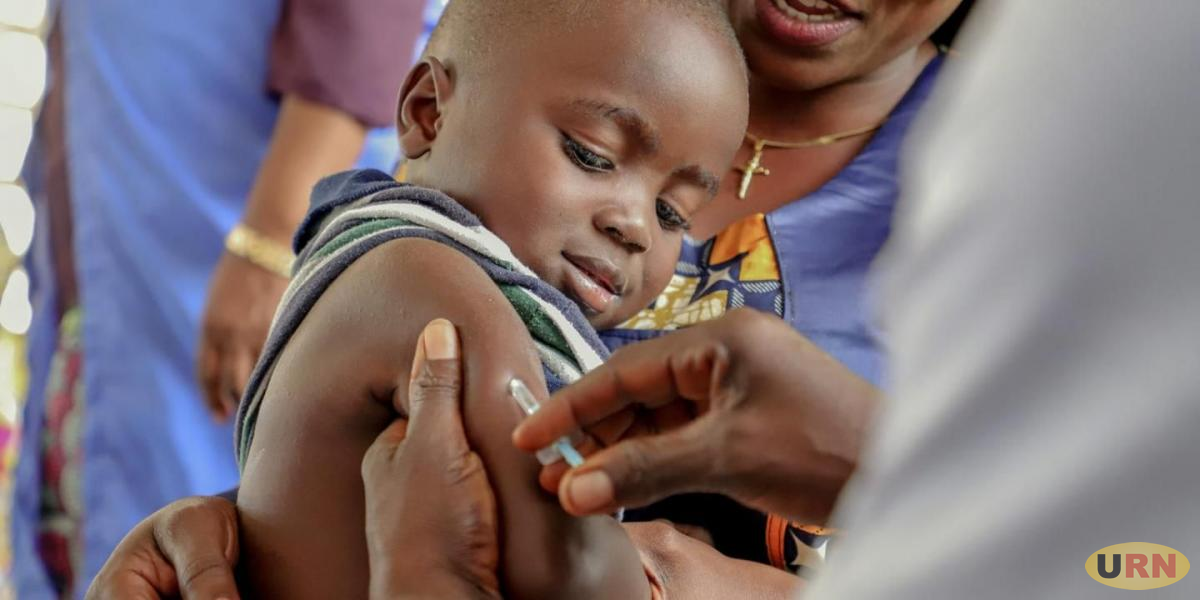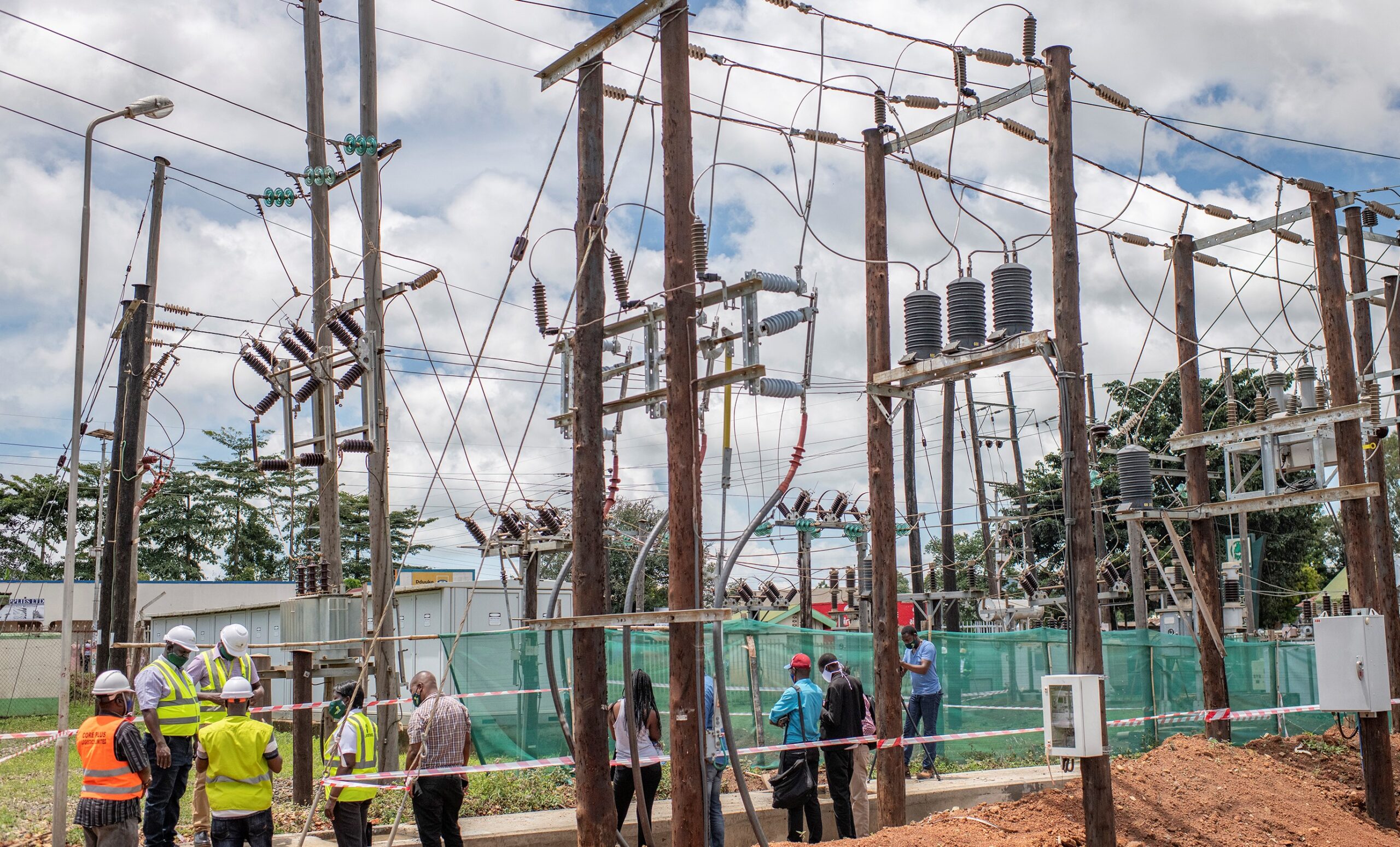23 million children missed routine immunization services in 2020 accounting for 3.7 million more than in 2019. This is according to data published on Thursday by the World Health Organization (WHO) and UNICEF.
This latest set of worldwide childhood immunization figures, the first official figures to reflect global service disruptions due to COVID-19, show a majority of countries last year experienced drops in childhood vaccination rates.
Up to 17 million children, the organizations estimate did not receive a single vaccine during the year, widening already immense inequities in vaccine access. Most of these children live in communities affected by conflict, in under-served remote places, or in informal or slum settings where they face multiple deprivations including limited access to basic health and key social services.
“Even as countries clamour to get their hands on COVID-19 vaccines, we have gone backwards on other vaccinations, leaving children at risk from devastating but preventable diseases like measles, polio or meningitis,” said Dr Tedros Adhanom Ghebreyesus, WHO Director-General.
“Multiple disease outbreaks would be catastrophic for communities and health systems already battling COVID-19, making it more urgent than ever to invest in childhood vaccination and ensure every child is reached.”
As compared with 2019 in all regions data shows, 3.5 million more children missed their first dose of diphtheria, tetanus and pertussis vaccine (DTP-1) while 3 million more children missed their first measles dose.
UNICEF’s Executive Director, Henrietta Fore says these figures should be a clear warning that the COVID-19 pandemic and related disruptions cost the world valuable ground and consequences will be paid in the lives of especially the most vulnerable.
“Even before the pandemic, there were worrying signs that we were beginning to lose ground in the fight to immunize children against preventable child illness, including with the widespread measles outbreaks two years ago. The pandemic has made a bad situation worse.
With the equitable distribution of COVID-19 vaccines at the forefront of everyone’s minds, we must remember that vaccine distribution has always been inequitable, but it does not have to be.”
The data shows that middle-income countries now account for an increasing share of unprotected children that is, children, missing out on at least some vaccine doses. India is experiencing a particularly large drop, with DTP-3 coverage falling from 91 per cent to 85 per cent.
Even before the COVID-19 pandemic, global childhood vaccination rates against diphtheria, tetanus, pertussis, measles and polio had stalled for several years at around 86 per cent. This rate is below the 95 per cent recommended by WHO to protect against measles, often the first disease to resurge when children are not reached with vaccines.
“These are alarming numbers, suggesting the pandemic is un-ravelling years of progress in routine immunization and exposing millions of children to deadly, preventable diseases”, said Dr Seth Berkley, CEO of Gavi, and the Vaccine Alliance.
However, concerns are not just for outbreak-prone diseases. Already at low rates, vaccinations against human papillomavirus (HPV) which protect girls against cervical cancer later in life have been highly affected by school closures, according to UNICEF.
They note that across countries that have introduced the HPV vaccine to date, approximately 1.6 million more girls missed out in 2020. Globally only 13 per cent of girls were vaccinated against HPV, falling from 15 per cent in 2019.
The agencies express worry that with such backsliding, countries could struggle to meet the global Immunization Agenda 2030, which aims to achieve 90% coverage for essential childhood vaccines, halve the number of entirely unvaccinated and increase the uptake of newer lifesaving vaccines such as rotavirus vaccines in, especially low-income countries.





